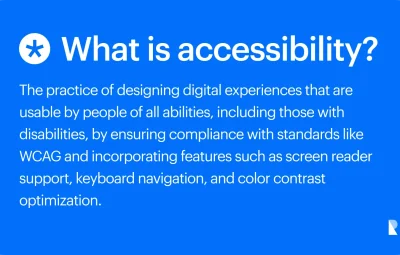Let’s face it—traditional offices aren’t exactly kind to the planet. Fluorescent lights humming like tired bees, air conditioning cranked to Arctic levels, and desks made from materials that’ll outlive us all. But here’s the deal: sustainable office design isn’t just about saving the Earth (though that’s a pretty good reason). It’s about creating spaces that boost productivity, cut costs, and make employees actually want to show up.
Why Sustainable Design? (Beyond the Obvious)
Sure, reducing carbon footprints matters. But eco-friendly offices also:
- Lower operational costs—energy-efficient systems slash bills by up to 30%.
- Attract top talent—75% of millennials prefer working for environmentally responsible companies.
- Improve well-being—natural light and plants reduce stress by… well, a lot.
Honestly? It’s a no-brainer.
5 Sustainable Office Design Trends (That Don’t Suck)
1. Biophilic Design: Bringing the Outside In
Imagine walking into an office where living walls breathe life into sterile spaces, sunlight filters through bamboo shades, and the air smells faintly of lavender. Biophilic design isn’t just trendy—it’s backed by science. Studies show it can spike creativity by 15% and focus by 6%. Even small tweaks help:
- Desk plants (snake plants are hard to kill)
- Natural wood finishes
- Water features (minus the mosquito risk)
2. Energy-Efficient Lighting (Goodbye, Buzzkill Lights)
Those flickering fluorescent tubes? They’re basically office kryptonite. Swap them for:
- LEDs—use 75% less energy and last 25x longer
- Motion sensors—because empty conference rooms don’t need illumination
- Smart daylight systems—adjust brightness based on natural light
Bonus: Employees won’t look like zombies under harsh lighting.
3. Upcycled & Modular Furniture
That 90s-era cubicle farm? It belongs in a landfill—or better yet, repurposed. Sustainable offices now use:
- Desks made from reclaimed wood or recycled aluminum
- Modular sofas that reconfigure for meetings or naps (no judgment)
- Chairs with replaceable parts—no more tossing the whole thing because one wheel broke
Pro tip: Check local artisans for unique pieces. Supporting small businesses? That’s sustainability squared.
4. Zero-Waste Break Rooms
Single-use coffee pods and plastic forks? Hard pass. Eco-conscious offices are ditching disposables for:
- Compost bins next to every trash can
- Bulk snack dispensers (goodbye, individual wrappers)
- Reusable dishware with quirky office branding
Fun fact: Google’s cafes divert 90% of waste from landfills. Your office might not be a tech giant, but every compostable spoon counts.
5. Smart HVAC Systems
Heating and cooling eat up 40% of a building’s energy. Smart thermostats learn occupancy patterns—so you’re not paying to air-condition empty desks at midnight. Other wins:
- Geothermal heating (fancy, but worth it long-term)
- Ceiling fans that actually work
- Windows that open (revolutionary, right?)
Budgets & Roadblocks: Let’s Get Real
Not every business can install solar panels tomorrow. Here’s how to start small:
| Low-Cost | Mid-Range | Big-Ticket |
| Switch to LED bulbs | Install smart thermostats | Solar panel arrays |
| Add indoor plants | Buy modular furniture | Living green walls |
| Go paperless (seriously) | Upgrade insulation | Greywater systems |
Prioritize what moves the needle for your space. A startup’s sustainable office will look different than a law firm’s—and that’s okay.
The Future? It’s Already Here
From carbon-neutral buildings to AI-driven energy optimization, sustainability isn’t slowing down. The best part? These designs don’t scream “granola.” They’re sleek, functional, and—dare we say—cool.
So, what’s holding you back? Even swapping out one trash can for a compost bin starts the shift. And honestly? Your team (and the planet) will notice.








